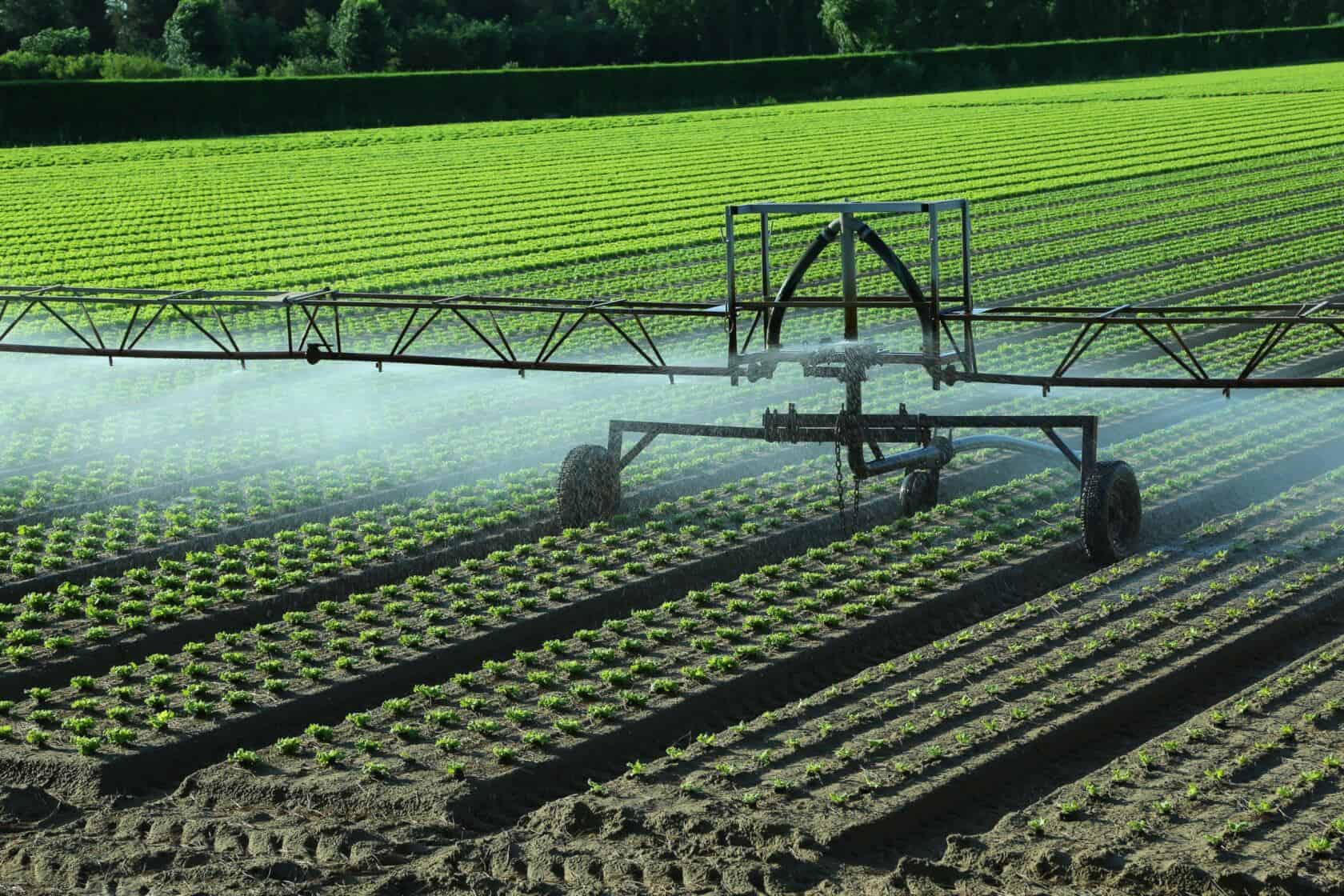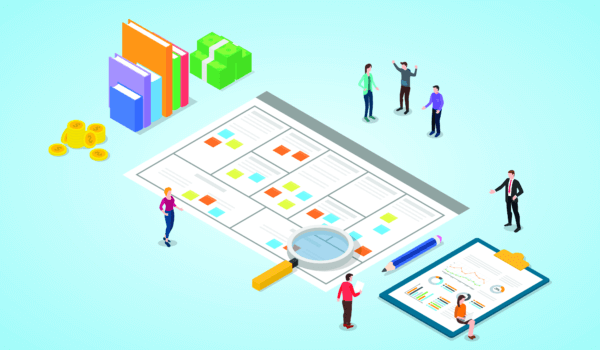The food we choose and how we consume it affects our health and our planet. Before food reaches our plates, it travels a long way. And every stage of that journey makes up our agri-food systems.
Agri-food systems are a set of interlinked actions. These complex systems are all farming, harvesting, fishing, livestock-rearing, storing, processing, transporting, selling, buying, eating, and disposing of our food. Sustainable agri-food systems can offer a variety of sufficient nutrition with safety and foods at affordable prices. The system also includes all the non-food products from agriculture like cotton and forest products. Our actions and choices can help these systems become more sustainable. The food and products we choose make all of us an integral part of the way an agri-food system works. If we make these systems more sustainable, we can achieve better production, better nutrition, a better environment, and a better life.
Jean Francois Soussana, in the Journal of Cleaner Production under the title of Research priorities for sustainable agri-food systems and life cycle assessment, addresses the European context on the production side: 1) sustainable intensification of European agriculture, 2) agriculture within limits for greenhouse gases, energy, biodiversity, and contaminants, and 3) expanding climate resilience in agri-food systems. Her consumption side proposals are: 1) promoting a healthy diet and physical activity and 2) developing sustainable food with quality and safety.
Food to Feed
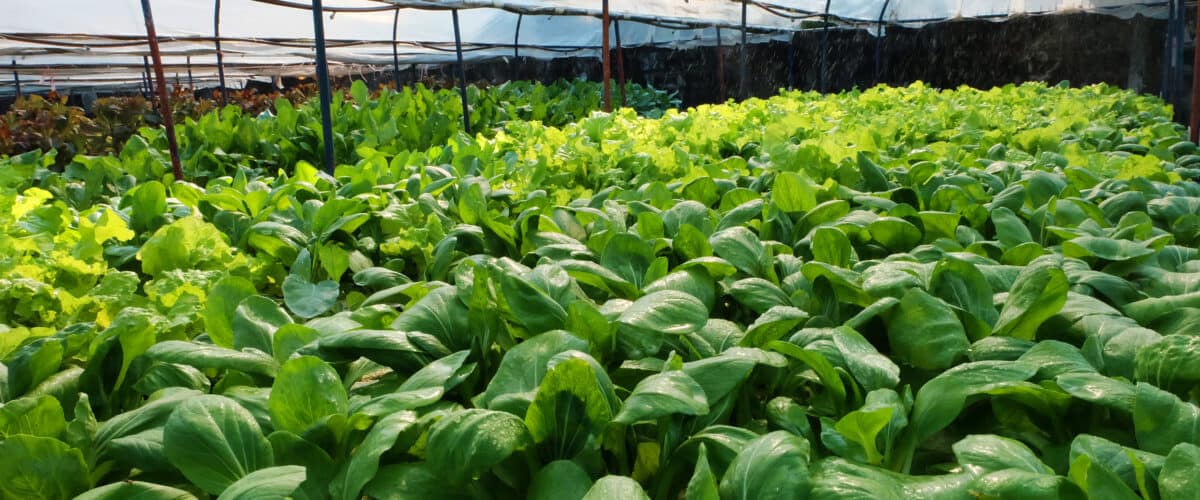
There is always room for improvement, progress, and becoming food heroes. And moving toward sustainability requires further research, strategies, and policies.
Food is the basic need for humans, and its production cycle has developed significantly for inclusive provision. We are witnessing a variety of foods followed by sustainability, safety, and nutritional aspects and concerns. Yet, we need to provide food to feed over seven billion people with a projection to increase dramatically, which comes with a high environmental cost.
Our food systems are more industrialized and connected with international value chains from multiple countries and continents. Yet there is a risk of emerging disruptions like the Covid-19 pandemic and its influence on the supply chain, labor, agriculture sector, and value chain as a whole. Disease and diets in our food system impact human health, and human health directly influence the food system. These effects coming from or within the food system should be addressed through comprehensive agri-food plans, risk assessment, and policies to mitigate large-scale disruption in the supply chain and prevent inflation in the economy.
Farming alone consumes earth’s resources, increases soil fertility, contributes to biodiversity loss, increases water scarcity, and increases greenhouse gas emissions. According to the Food and Agriculture Organization (FAO), if the food production, supply, and consumption chains do not change, we need to increase food production to 60% by 2050, which puts the environment in danger with severe impact. There is a necessity to improve our food production and consumption systems toward sustainability by integrating environmental and socio-economic dimensions.
Livestock
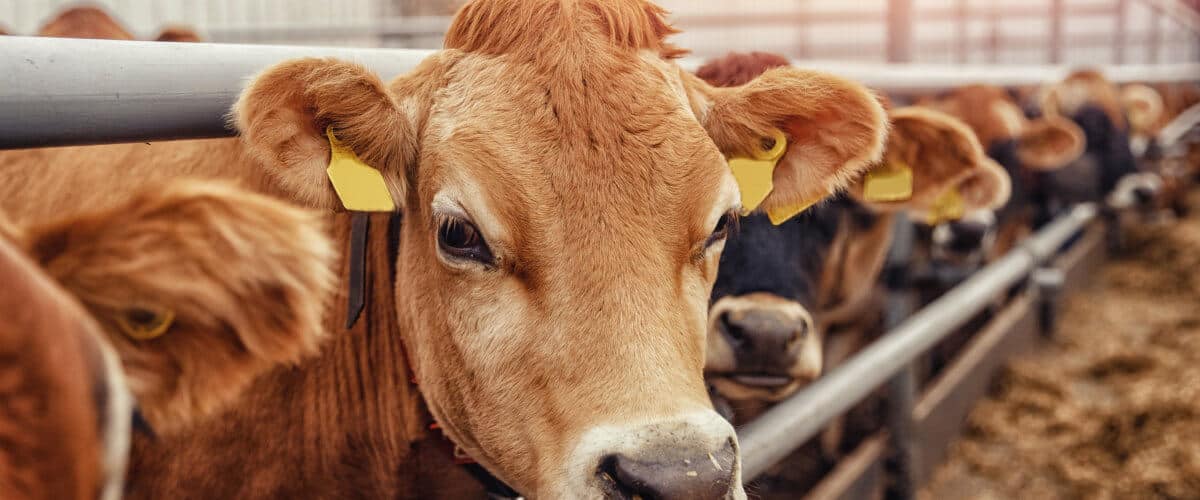
In livestock, there is a call to action to balance animal product production and lower environmental footprints. The Livestock Environmental Assessment and Performance (LEAP) has developed a multi-stakeholder partnership with FAO to monitor the lifecycle-based environmental performance of the livestock sector. The objective is to promote, understand and improve the environmental profile of livestock production systems within a sustainable life cycle framework. To reach sustainable food systems, applying the dietary shift method to our lifestyle is also recommended. For instance, reducing meat consumption will be a small and yet impactful move to minimize animal products. One kilo of beef meat consumes 460 gallons of water per research. In meat products, there is a high amount of greenhouse gas emissions. Still, reducing such consumption affects the livelihood of those who depend on livestock. There is a need to find alternatives for both supply and demand sides to make everyone better off in this approach.
Recommendations
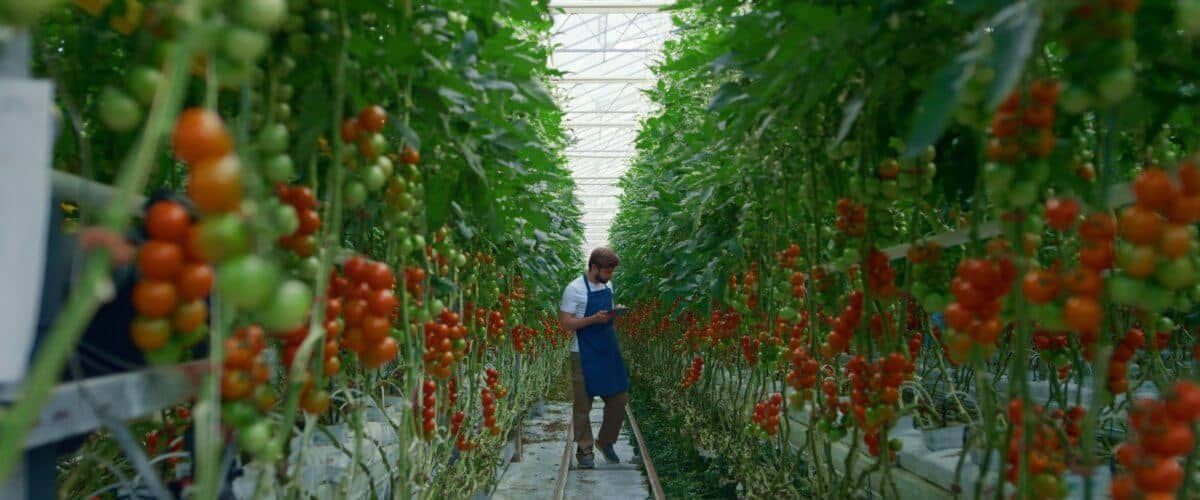
Technology advancement with sociocultural and policy changes can transform agri-food systems to address trending climate, economic, environmental, health, and social changes. It is vital to increase productivity together with important objectives such as poverty reduction, promoting healthy diets, reducing biodiversity extinction, climate crisis, and building resilient communities.
It is now to call the transformation of agri-food systems urgent as we cannot wait more decades to commence the transition. According to the country’s climate and context, it needs the right policy and strategy to turn big ships of local and global agri-food systems from their current course of the journey toward coherent, well-incorporated, and sustainable food systems.
Reducing land and water footprint in food production and consumption can mitigate climate change risks, save biodiversity, and create adequate space for renewable energy production.
Innovative moves by the government in various types can assist in mitigating agri-food systems such as carbon tax, farm subsidies for nature conservation or renewable energy objectives, political lobbying on international levels, preventing polluting services/products from entering the market, and further research and development with accelerating green technology usage.
Agri-food systems need massive investment and mobilization of financial resources. The government and private sector proved it in the Covid-19 pandemic by mobilizing resources to mitigate virus risks and contribute to its vaccine.
Photo: ChiccoDodiFC/Shutterstock
You might also like:
Support us!
All your donations will be used to pay the magazine’s journalists and to support the ongoing costs of maintaining the site.
Share this post
Interested in co-operating with us?
We are open to co-operation from writers and businesses alike. You can reach us on our email at [email protected]/[email protected] and we will get back to you as quick as we can.
